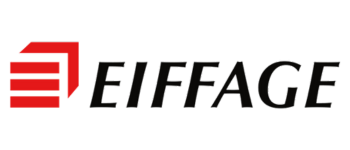Our references

















Whether it's in the context of a supplier change, the development of prototypes or product ranges, OSE Services is your analytical expert at your side:
Click here to view our full range of services for industrial clients.
We operate in France and across Europe
48-hour turnaround upon request & depending on context
For artwork analysis, please contact our specialized division: OSE Art, dedicated to the study of works of art.
Analyses on Paint and Hardener Samples:
Are you a manufacturer looking to monitor Chemical Risk in your workshops? Our department OSE Expertises is here to support you.
We specialize in both amicable and legal disputes. Our judicial experts are available to assist you. Learn more about our judicial expertise services.
Paints are made up of raw materials that can be categorized into five main families:
Varnishes, on the other hand, are generally composed of a resin (natural or synthetic), a solvent, and possibly an additive (matting agent or UV absorber). They are transparent or semi-transparent coatings used to protect and enhance the appearance of surfaces, while offering specific properties tailored to particular usage conditions.
Although varnishes are typically transparent, some may contain pigments to achieve a colored or tinted effect. The pigments must be carefully selected to avoid altering the transparency of the varnish while providing the desired color.
















